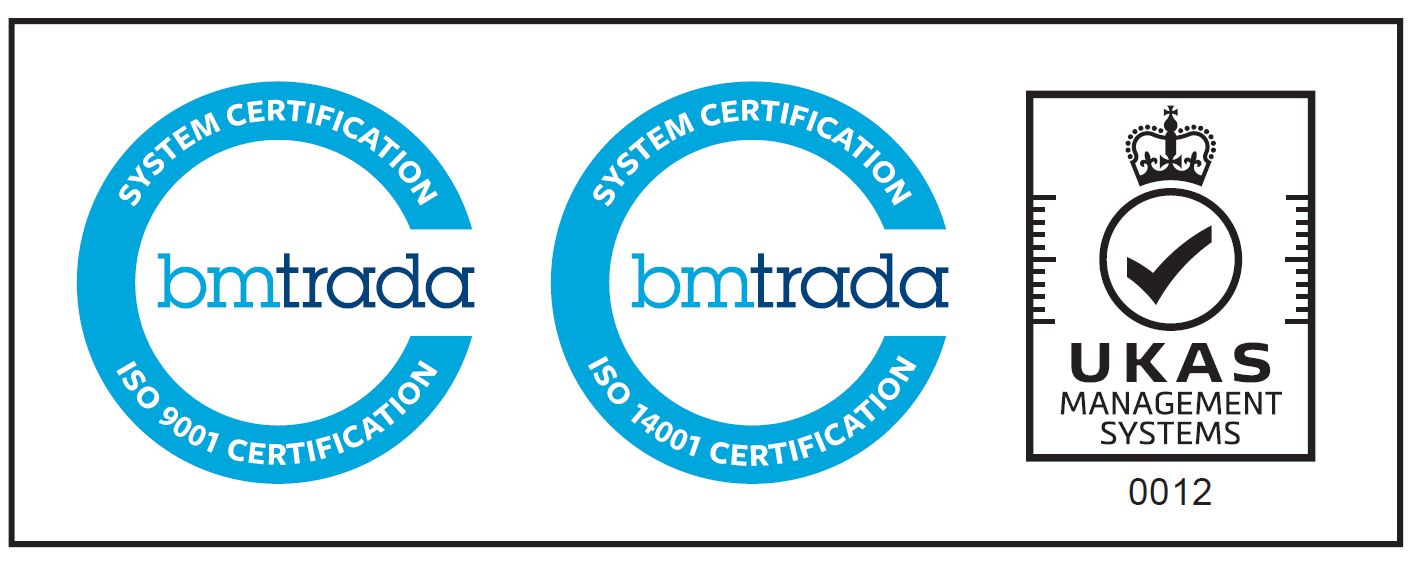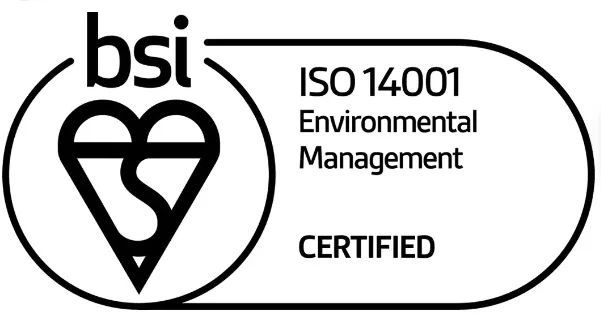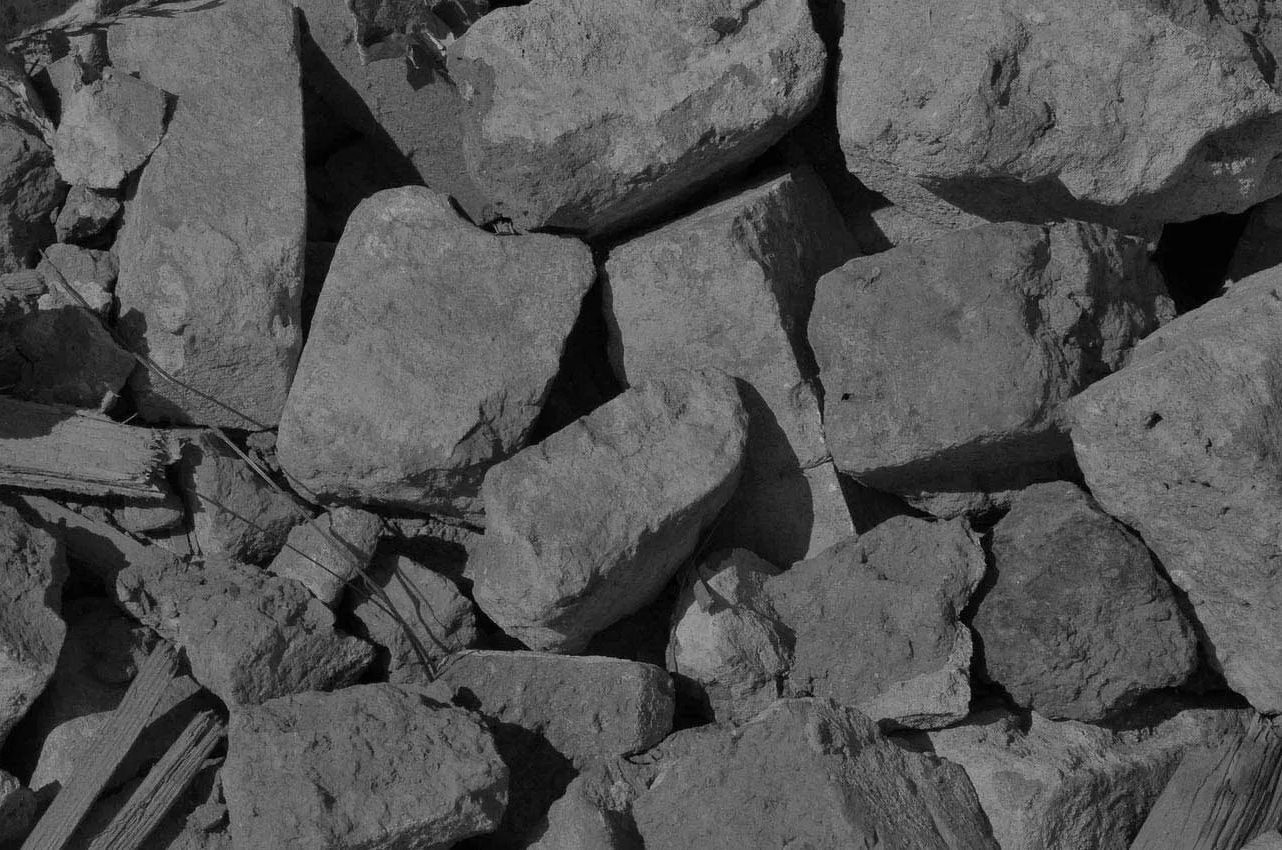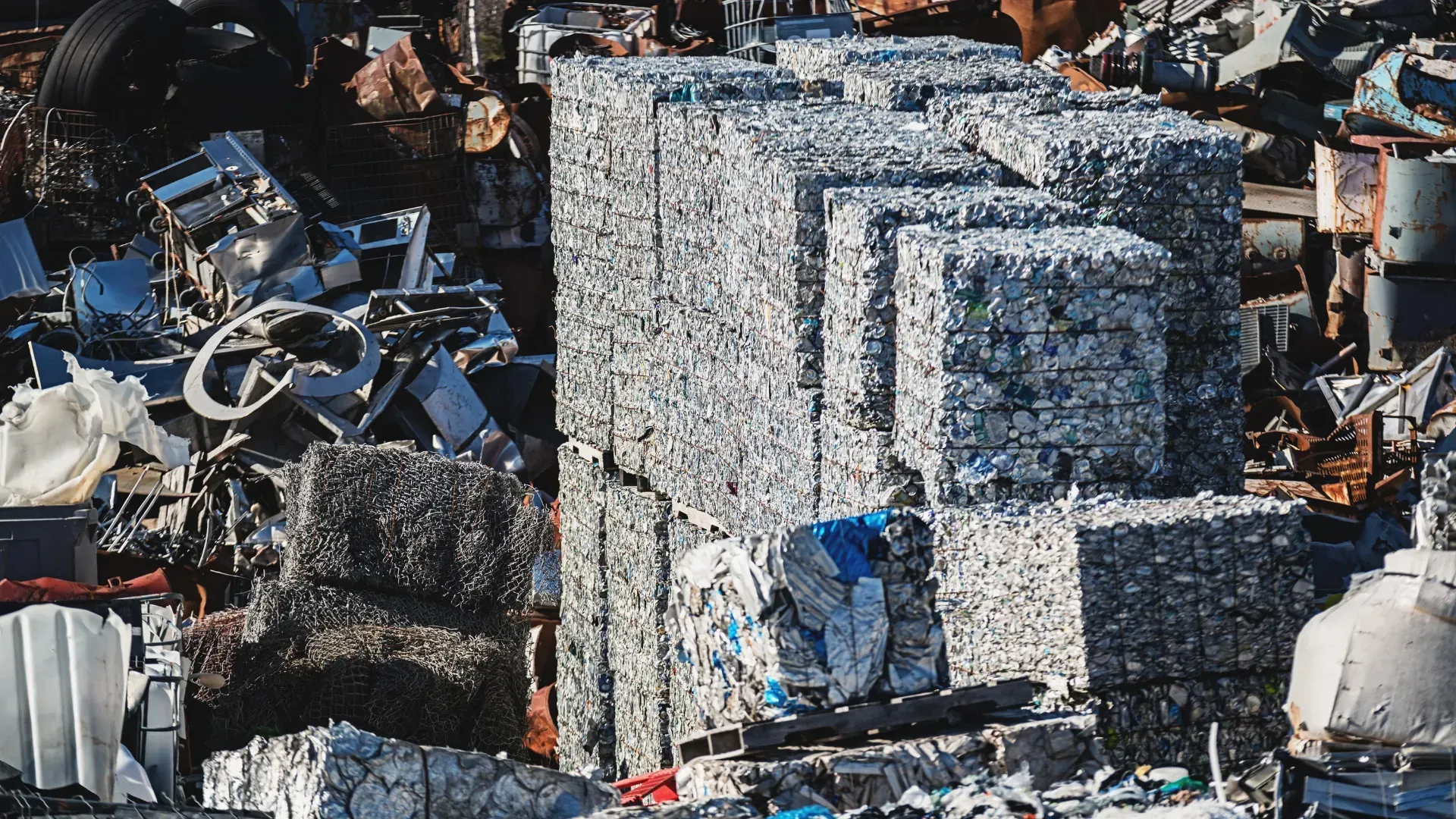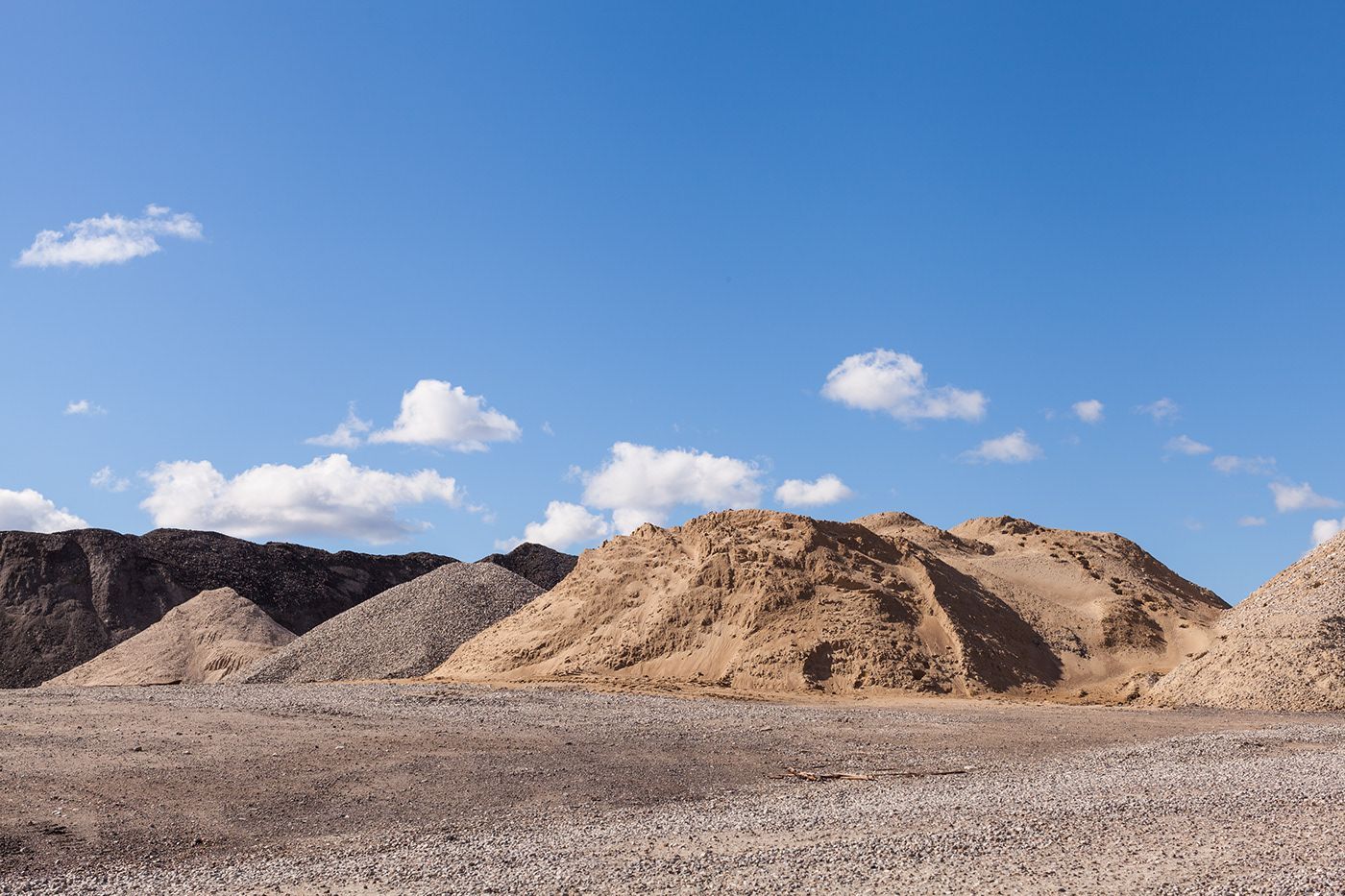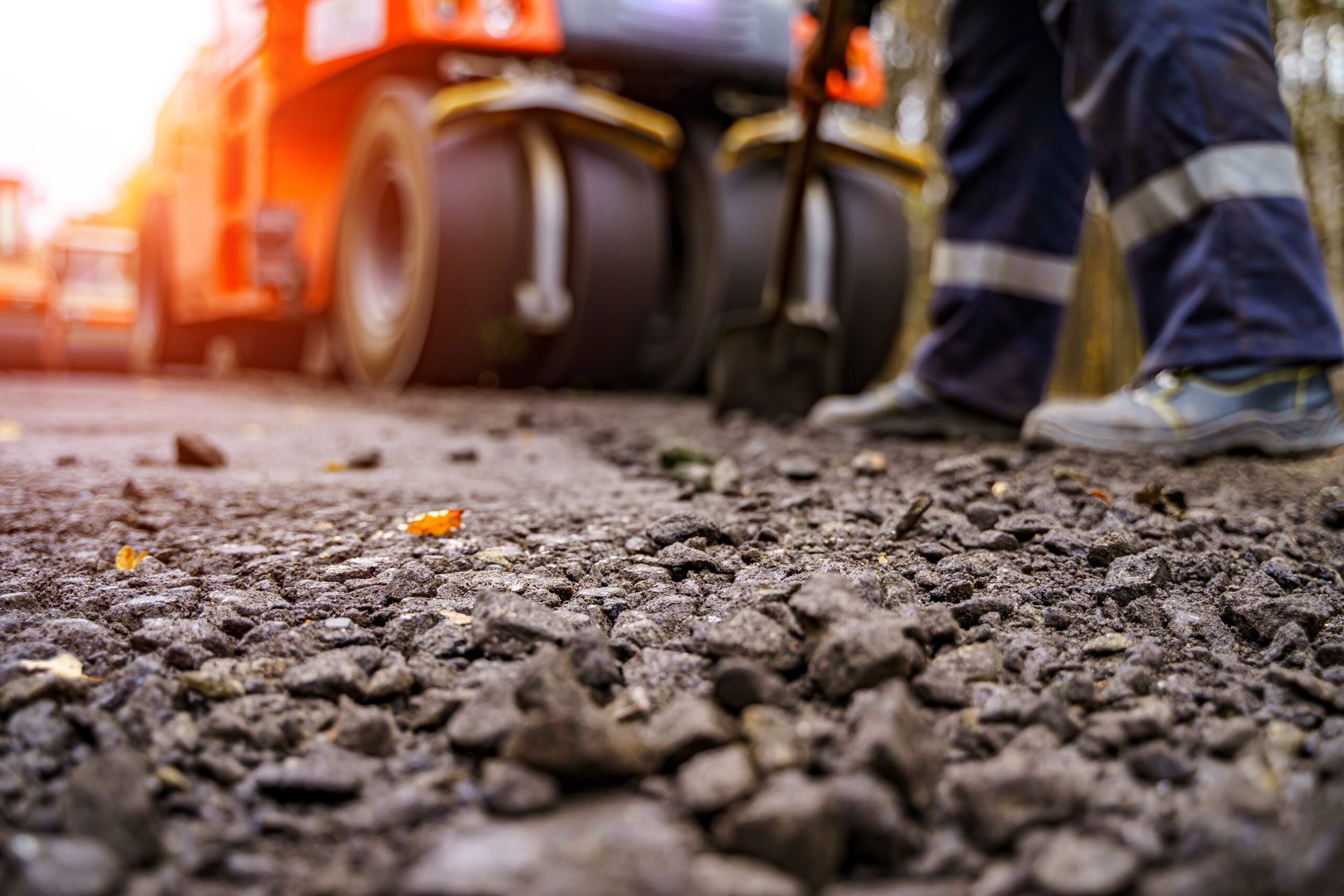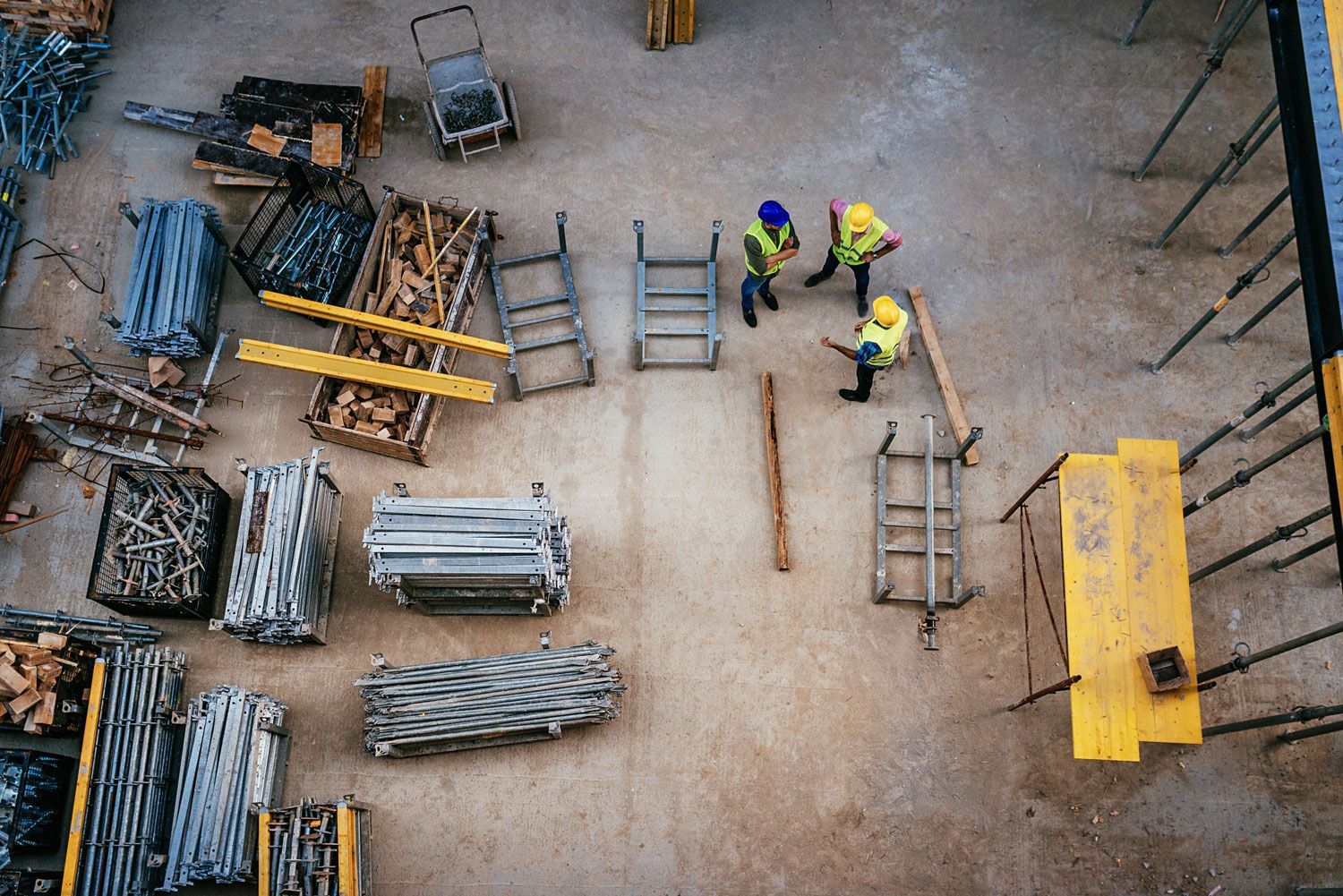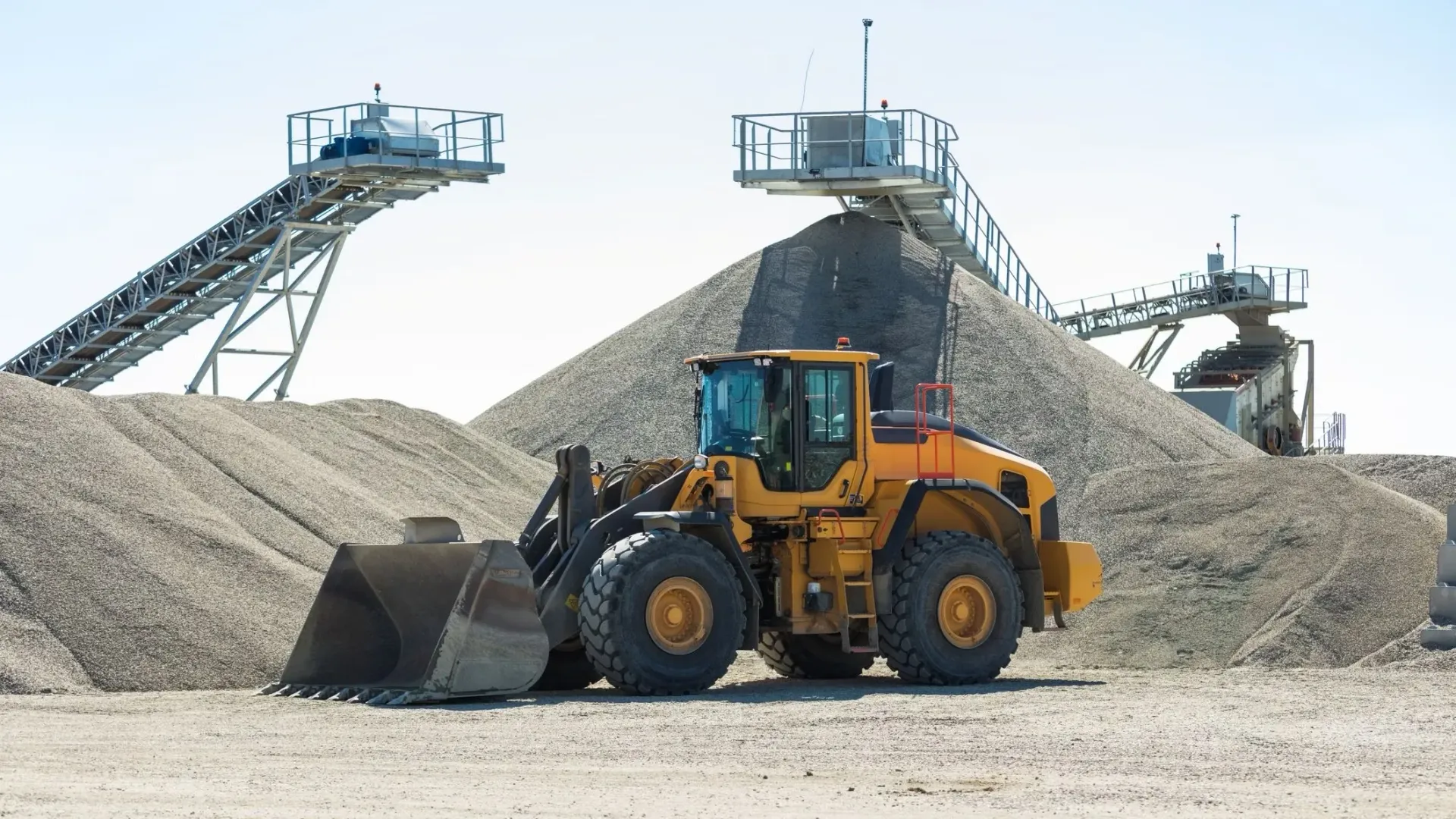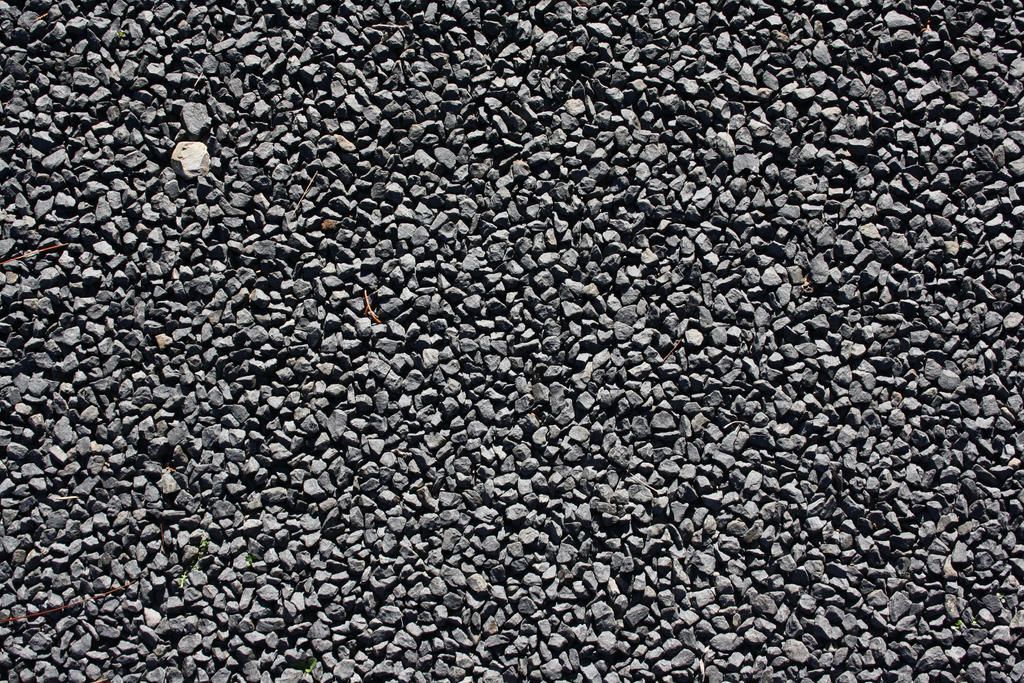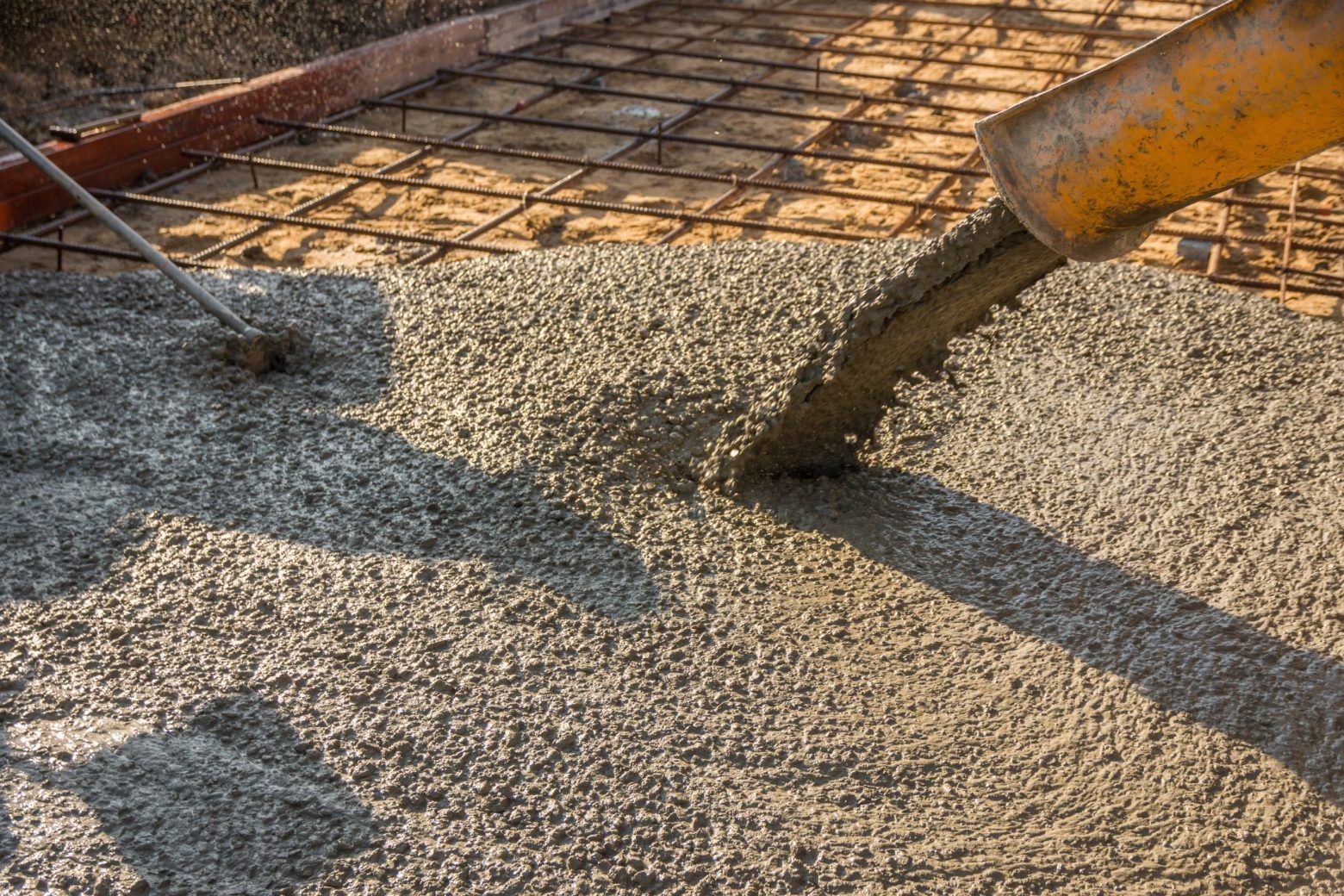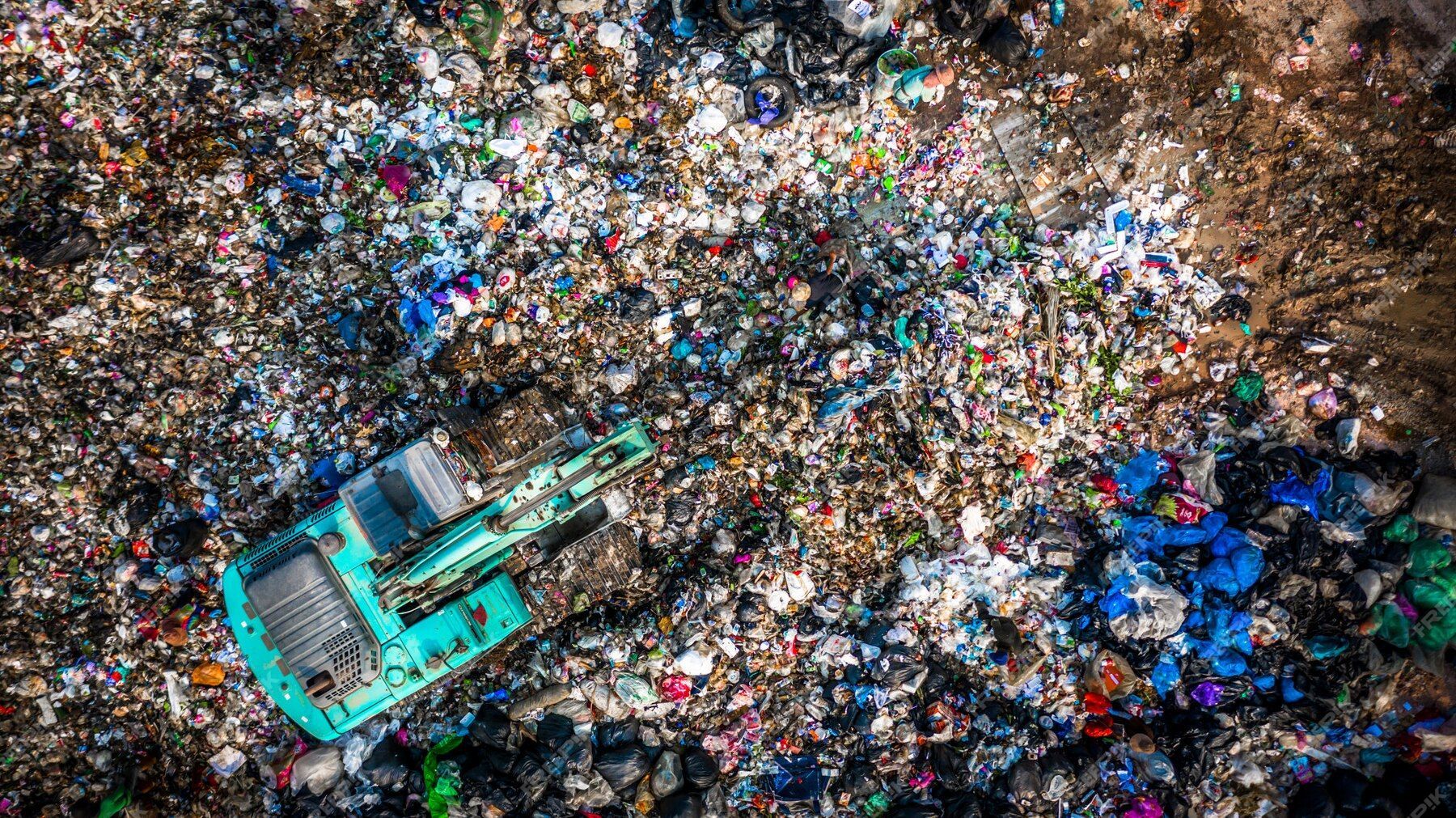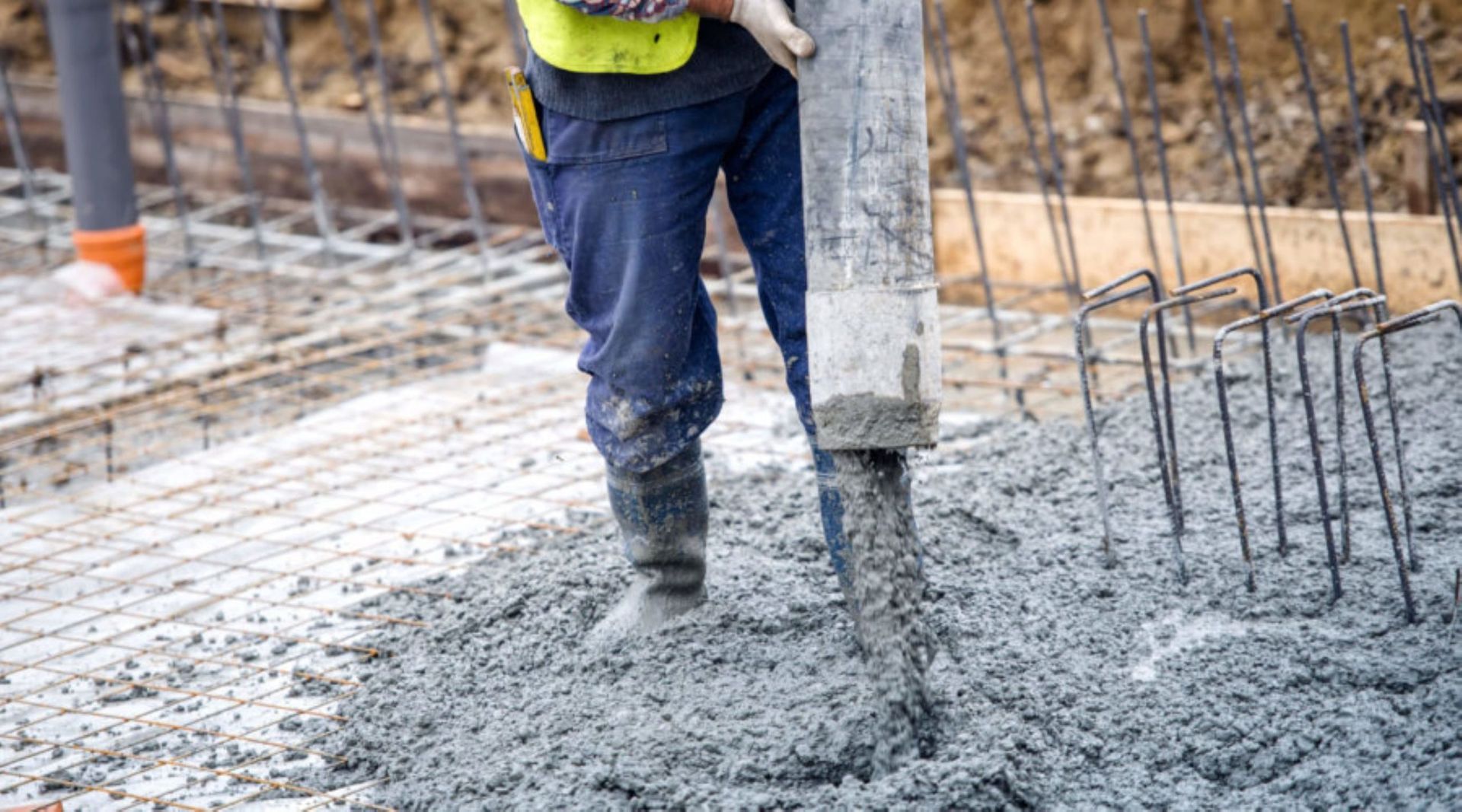Dangerous Substances Found in the Waste Management Sector
Working in the waste disposal industry is not without risk, and workers face the possibility of coming into contact with several hazardous materials. Read on to discover the most dangerous substances commonly found in the waste management sector.
Biological hazards
Waste management workers are commonly exposed to biological hazards. These include:
● Bacteria and their fragments - biowaste, particularly food scraps, contain huge numbers of bacteria. Some species of bacteria, particularly those found in animal waste, may be pathogens and can cause serious infections such as brucellosis, listeriosis and salmonella.
● Fungi and their spores and mycotoxins - fungi, such as moulds and yeasts, may trigger extrinsic allergic alveolitis, asthma and hypersensitivity, or organic dust toxic syndrome (ODTS), a property they share with bacteria.
● Viruses - medical and clinical waste may contain extremely infectious agents, such as hepatitis, HIV and haemorrhagic viruses, and some of these can even be found in domestic waste. Exposure can occur through contact with sharp objects, such as needles, glass and cans.
● Parasites and vector-borne diseases - these types of biological hazards cover illnesses caused by an infectious microbe that are transmitted to humans by blood-sucking arthropods.
Chemical agents
Chemical agents involved in the waste management process may be inherent to the waste itself and/or produced during waste treatment. Dangerous chemical substances include:
● Metals - many industrial products, such as batteries, electrical equipment and stainless steel, containing heavy metals still end up as waste and are unlikely to be recycled properly. Materials such as lead, arsenic, cadmium and mercury are highly harmful to human health.
● Gases - gases such as ammonia, nitric oxide and sulphur dioxide are often present at waste disposal sites. Workers can encounter these through inhalation and skin contact - this is extremely dangerous, as these chemicals can cause significant health problems.
● Volatile organic compounds (VOCs) - these can originate directly from waste materials or they are released due to metabolic activity of microorganisms. Large concentrations of these compounds can affect your health - many VOCs such as benzene, toluene and dichloromethane are carcinogenic, mutagenic and reprotoxic (CMR chemicals).
Particles and aerosols
Workers in the waste management industry are exposed to high levels of dust. In many cases, even the smallest particles are harmful as they can penetrate deep into the respiratory tract. Examples of these types of substances include:
● Asbestos - by breathing in asbestos fibres, you risk contracting an asbestos-related disease. This occurs when the fibres from disturbed asbestos become trapped in the lungs and over long periods of time, can cause inflammation, scarring and disease.
● Other mineral dusts - crystalline silica is one such mineral dust and it is a basic component of soil, sand, granite, and many other minerals. It has been classified as a human lung carcinogen.
● Wood dust - airborne wood particles from building materials present a potential health risk. Inhalation of these particles may cause skin disorders, obstruction in the nose, and rhinitis, asthma and a rare type of nasal cancer.
Here at William Thompson & Sons, safety is at the heart of everything we do. If you’re looking for a sustainable landfill service, we’re the company for you -
get in touch with us today to find out more about safe and reliable waste disposal.
